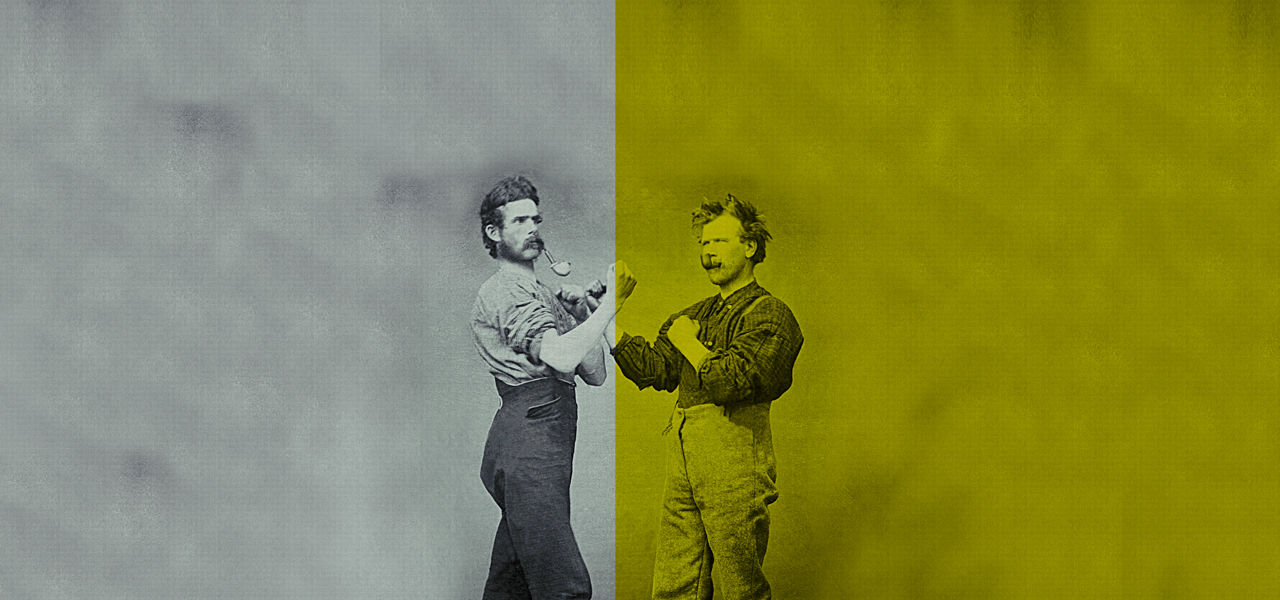Download Ritual Crown of Horns-CODEX and Experience the Horror of the Frontier
- brigidecour
- Aug 11, 2023
- 2 min read
The iron "crown" that she wears is actually a tripod (五徳, gotoku) (or trivet,[12] a stand for setting cooking pots, etc., above a heat source) which she wears in inverted,[5] slipping the iron ring over her head and sticking candles on its three legs.[4]
Ritual Crown of Horns-CODEX
It was believed that the spot struck on the straw doll corresponded to the area of the body where the target would begin to experience illness or injury.[4][10] However, this straw doll or other form of effigy was not a definitive requisite in the ritual even relatively late in the Edo Period. For instance, in Toriyama Sekien's Konjaku Gazu Zoku Hyakki (1779, pictured top right) depicts the woman holding a hammer but no doll, nor is the doll mentioned in the caption.[1] In this case, the nails are driven directly into the branches of the sacred tree.
In Sekien's or Hokusai's print (above), the woman performing the curse ritual is depicted with a black ox by her side. Such a black ox, lying recumbent, is expected to appear on the seventh night of the ritual, and one must stride or straddle over the animal to complete the task to success,[14] but if one betrays fear at the ox's apparition the "potency of the charm is lost".[4]
The Kibune Shrine became strongly associated with the ox hour curse following the fame of the medieval legend of the Hashihime of Uji ("The Princess of the Bridge of Uji [ja]"). The legend is considered the prime source of the later conception Ushi no toki mairi curse ritual.[15][16] According to legend, Hashihime in mortal life was the daughter of a certain nobleman, but consumed by jealousy, made a wish to become a kijin (an oni demon) capable of destroying her love rival. After 7 days at Kifune Shrine, she was finally given revelation by the resident deity "to bathe for thirty seven days in the rapids of the Uji River."[17] Note that even though Kibune has later been seen as a mecca for the ritual, Hashihime only learned the recipe here, and enacted it miles away (Kifune is in the north of Kyoto, the Uji River is to the south).
The use of dolls in the cursing ritual has been practiced since antiquity, with a reference in the Nihon Shoki chronicle under the reign of Emperor Yōmei, which relates that in the year 587, Nakatomi no Katsumi no Muraji "preparede figures of the Imperial Prince Oshisaka no Hikohito no Ōe (押坂彦人大兄皇子) ... and [spellcast] them", but it did not work.[21] However, this record does not clarify if the dolls were poked by sharp implements.
For the Maya, the main historical record is Diego de Landa Relación de las cosas de Yucatán written around 1566. The book includes information concerning the Maya language, hieroglyphs, religious beliefs. rituals and culture in general. 2ff7e9595c

Comments